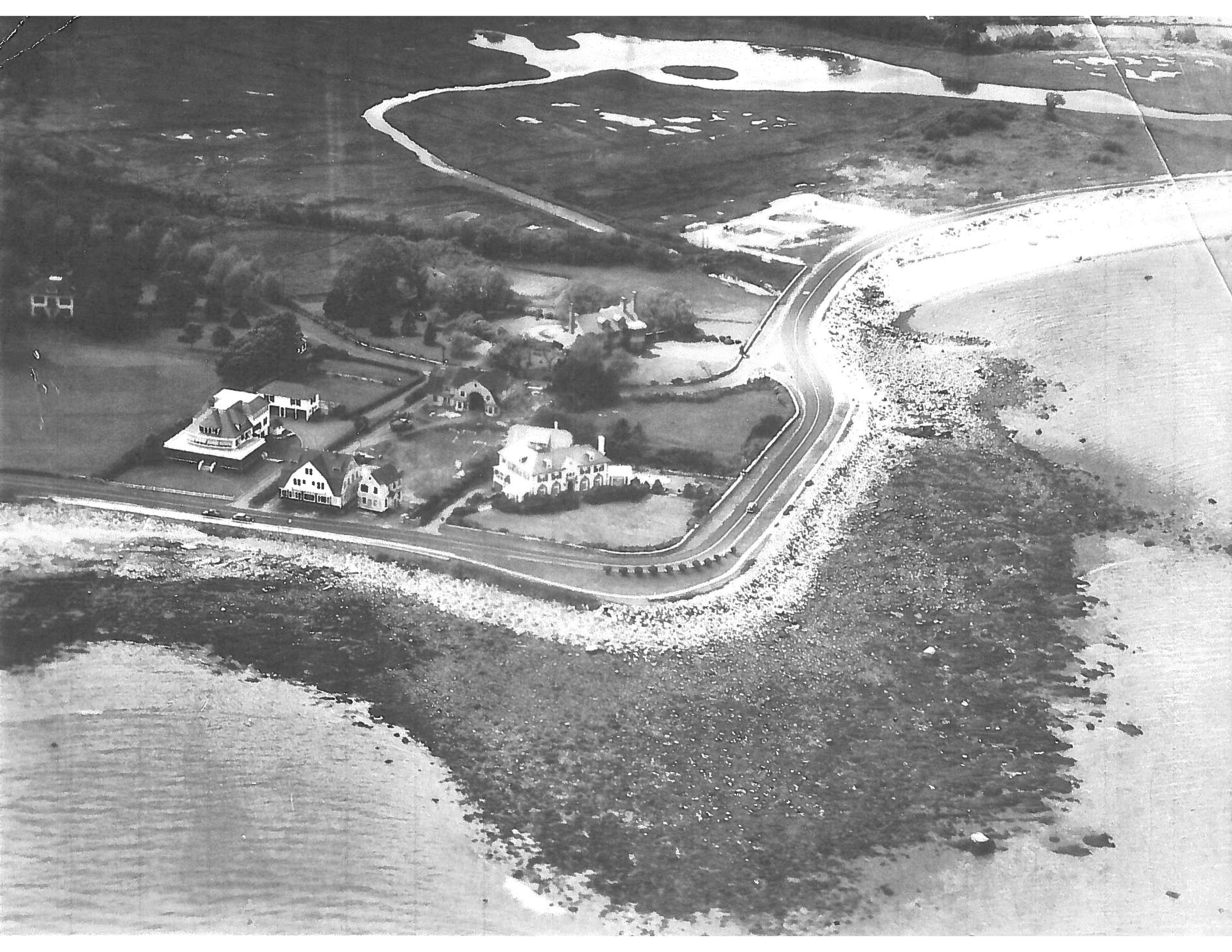Portsmouth Herald Feb. 20, 2019

In 2018, CMA Engineers completed a hydraulic and hydrologic analysis of the Philbrick Pond saltmarsh drainage basin in North Hampton. This small drainage basin, located just north of Little Boars Head, had experienced significant flooding in the 2006 Mother’s Day storm, isolating 40 homes for three days. A 1900 vintage trolley berm culvert was believed to be partially collapsed, causing the flooding experienced in significant storms. With funding from the Town of North Hampton and a grant from the NHDES Coastal Program, an engineering analysis was conducted to determine how to resolve the isolation of homes during major rainfall events and to improve saltmarsh health, under current conditions and with future sea level rise.
The results of the complicated engineering analysis were surprising. First, the old culvert believed to be the culprit in the flooding wasn’t collapsed, but that didn’t matter. In major rainfall events, the local roads would flood whether the trolley berm was there or if it were removed, and homes would still be isolated. In the future, with sea level rise projected in the latter part of this century, flooding would be made worse from flow from the other direction, flooding local roads and isolating homes more frequently from both storm surge and astronomical high tides. A reasonable solution to the flooding problem, pending agreement of abutters, was to raise local roads to assure public safety access to residential areas. Communities up and down the eastern seaboard are coming to realize that raising local roads in critical locations is a common component of long-term plans to deal with sea level rise. There was a surprising solution to improving marsh health as well. The saltmarsh vegetation is in poor condition due to flow constraints in two culverts that discharge to the ocean. Much of the problem with marsh vegetation is related to the fact that the twice-daily tide level variation, which is about nine feet in the ocean, is only about 4 inches in the marsh due to flow constraints on the outgoing tide. Simple modifications to channel configurations can significantly increase the draining of the saltmarsh at low tide with positive impacts on the health of the marsh.
Civil engineers are facing substantial uncertainty in design due to unknowns in terms of the future impacts of climate change affecting flow in both directions – from rainfall events flowing to the ocean and from future tides and storm surge flowing inland from the ocean. Regarding rainfall events, it is widely understood that future rainfall amounts will be higher in a warmer climate. However, global climatic models are not yet capable of quantifying or characterizing probabilities of future rainfall events at the local or regional level. Regarding inundation from the ocean, sea level rise projections have very wide ranges particularly in the latter part of this century. These projections are only for the rise in mean sea level, for instance at the mouth of the Piscataqua River. These projections do not include allowances for: 1) wind and wave effects driving water levels higher inland; 2) increases in inundation levels due to wave induced overtopping of seawalls and developed dunes; 3) increases in higher high tides which are occurring now in ways not related to the moon and sun related gravitational forces that create tides, or; 4) future increases in nor’easter storm intensities due to climate change, potentially increasing storm surges. Each of these conditions will affect inundation levels in the seacoast in addition to the wide ranges already projected for mean sea level. There are lots of future unknowns, in both directions.
CMA Engineers is at the forefront both in New Hampshire and nationally in considering civil engineering design procedures that are appropriate in dealing with these substantial uncertainties. Appropriate design procedures will require evaluating ranges of future conditions, assessing failure thresholds and implications, and evaluating whether to design now for the full range of potential future conditions, or to make long-term plans to construct to a lesser level now, monitor over time and rebuild or augment facilities in the future as conditions warrant. That is quite a challenge for civil engineers, project decision-makers, and public officials. And the decisions to be made in the face of these uncertainties will have major financial implications.
